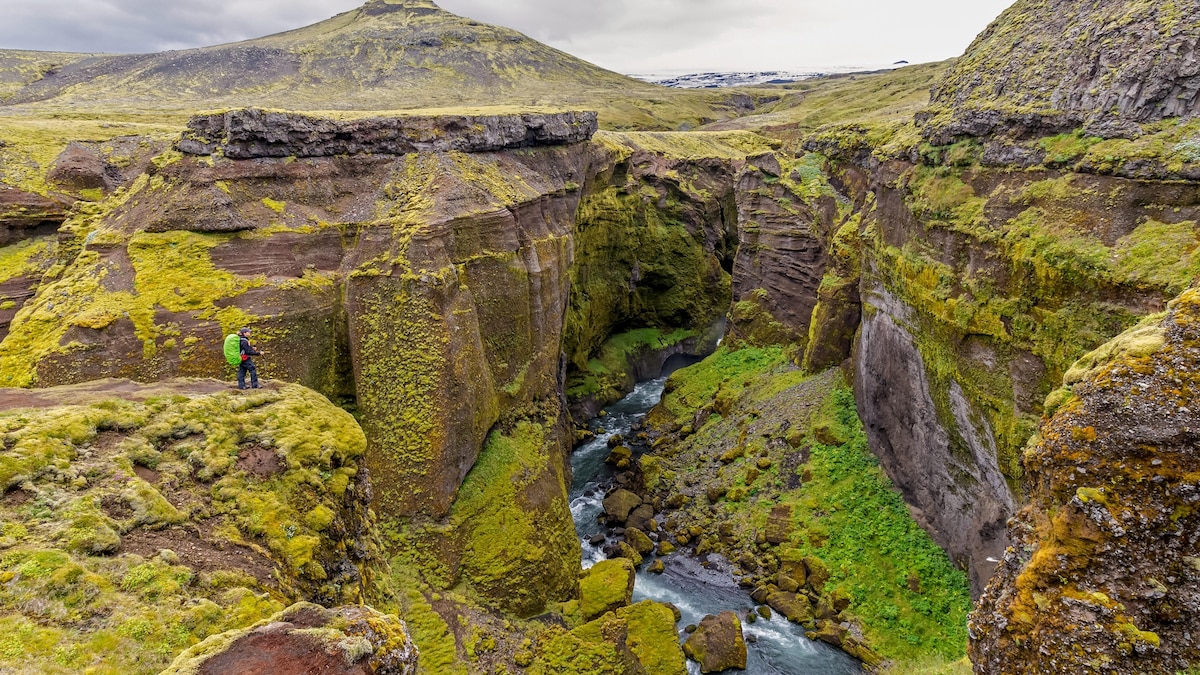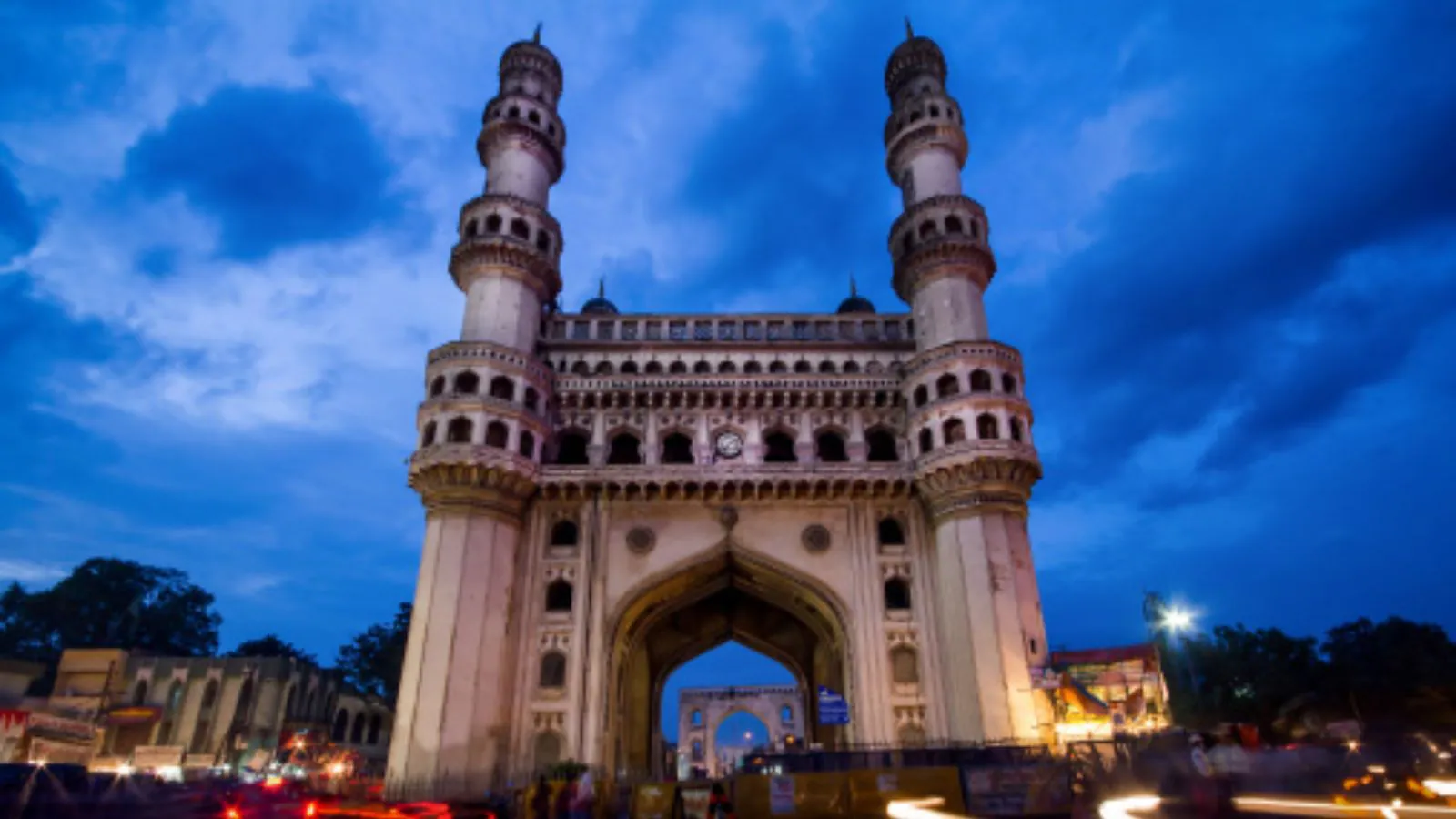
Access to Wi-Fi is ubiquitous. For better or worse, it’s possible to stay connected even in some of the most remote areas on Earth. That makes it difficult to unplug, no matter how deeply you crave a trip that takes you away from it all.
However, if you know where to go, Wi-Fi-free locations still exist. Find one, and you can break free from the pull of endless scrolling, the desire to keep up with social media trends, and the pressure to check in with work even when you are out of the office.
Most of us have forgotten what it’s like to be truly present, says Leigh Barnes, president of the Americas for Intrepid Travel. “Choosing to disconnect, even for a few days, is one of the most valuable gifts you can give yourself,” he explains.
Getting away from Wi-Fi is good for you in other ways, too. “Stepping off the grid helps you break the cycle of constant alerts and information overload and gives your brain space to reset,” says Christina Lee, a psychiatrist with Kaiser Permanente. It can also sharpen focus, increase life satisfaction, improve creativity, and ease depression and anxiety, Lee elaborates.
Ultra runner Stefán Pálsson, who regularly hikes the Wi-Fi-free Laugavegur Trail in Iceland, has experienced the benefits of traveling without being connected first-hand. “I honestly hope the internet never finds its way out here. It’s good to know there are still places that force you to unplug, be present, and just exist fully in nature,” he says.
(Do you like getting lost? Orienteering might be the travel trend for you)
Serian Camps: Kenya and Tanzania
Although many safari camps throughout sub-Saharan Africa now offer Wi-Fi, the owners of Serian Camps in Kenya and Tanzania intentionally keep their camps disconnected. “Safaris have always been, and should remain, a deeply personal experience,” says Andrew van den Broeck, a private guide with Serian Camps. According to van den Broeck, “safaris are a rare opportunity to be present within a system that neither pretends nor intends to entertain. The multi-sensory experience is easily disrupted by the impulse to share stories with those not there to witness them.”
Many guests seek out Serian Camps precisely because they want the ability to truly disconnect. However, staff at the original Serian Camp in Masai Mara, Kenya, used to bring Wi-Fi-seeking guests to pet the camp’s adorable dog, Wi-Fi. Wi-Fi the dog is no longer around, but the ethos of remaining offline while visiting Serian Camps remains, van den Broeck says.
(Who was Hedy Lamarr? The Hollywood star who helped invent Wi-Fi)
Pamir Mountains, Tajikistan
The Pamir Mountains in eastern Tajikistan are characterized by towering peaks, shimmering blue lakes, vast valleys, and a tapestry of small, semi-nomadic communities that still reside along what was once the Silk Road. The only way to travel through the region is route M-41, colloquially known as the Pamir Highway.
Thanks to its cultural and historical significance combined with natural beauty, many travelers—including James Willcox, founder of Untamed Borders—consider the route to be one of the world’s most phenomenal road trips. Visitors who reach this remote area will find ancient ruins, wild natural landscapes, and a vast Wi-Fi-free zone.
The American Prairie Reserve, Montana
The American Prairie is a nature reserve in rural Montana, several hours from the closest big city. Spanning more than 500,000 acres, the reserve features vast, wild landscapes with plenty of opportunities for hiking, biking, and fishing. Throughout the reserve, guests can observe wildlife roaming freely, including bison and pronghorn. When night falls, many visitors set up a blanket and gaze at the stars, with little to no light pollution.
There is no Wi-Fi anywhere in the park except for the small Antelope Creek Campground, located on the edge of the reserve. Those who want a completely unplugged experience can book a spot in one of the reserve’s other base camps or bring a tent and camp just about anywhere in the park.
To reach American Prairie, fly into Bozeman, Billings, or Great Falls, Montana, and then drive several hours to the reserve. Book lodging in advance through the reserve’s website. There is nowhere to buy food in the reserve, but visitors can purchase food at one of American Prairie’s gateway communities.
Wadi Dana Trail, Jordan
Wi-Fi is scarce along the Jordan Trail, and is unreliable even in sections where it is available. Plan correctly, and you won’t encounter Wi-Fi at all. One of the most popular W-iFi-free sections of the Jordan Trail is the Wadi Dana Trail (Dana Trail), according to Mohammad Ayasrah, a guide with Intrepid Travel in Jordan who regularly leads hiking trips in the country.
The Dana trail is popular because it passes through the heart of the Dana Biosphere Reserve and leads to the ancient ruins of Petra, a city carved out of the red sandstone mountains.
Along the trail, hikers traverse canyons, hills, and valleys, encountering vastly different landscapes, each with unique terrain and wildlife. Many travelers who hike the trail extend their disconnected stay in Jordan with a visit to one of the many camps in the Wadi Rum desert that do not have Wi-Fi.
Corbett Tiger Reserve, India
Wi-Fi service disappears just beyond the gates of Jim Corbett National Park in northern India. Inside the park is a vast tiger reserve full of wildlife. Far away from the distractions of Wi-Fi, visitors may spot an elephant herd wandering through the park, catch sight of a black bear, or hear Bengal tigers roaring in the distance. The reserve is also home to the 66-foot-high Corbett Falls and the historic Garjiya Devi Temple.
Visitors can stay in Forest Rest Houses, which were built by the British during their rule in India. Alternatively, book a room at the Vanghat eco-lodge, located on a secluded bank of the reserve’s Western Ramganga River. Basic vegetarian food is available at canteens throughout the park, and meals are available at the lodge.
Laugavegur Trail, Iceland
The Laugavegur Trail traverses Fjallabak Nature Reserve in Iceland’s southern Highlands. The trail “is tucked away in the highlands, which is what we Icelanders call the uninhabited center of the country,” says Pálsson. The trail begins in Landmannalaugar, known for its hot springs set against otherworldly pink and green mountains. Then, the trail changes into black lava fields that seem to stretch on forever, without a tree in sight.
(Following myths and legends on a hike through Iceland’s Highlands)
Eventually, hikers descend into Þórsmörk, a lush, green valley filled with birch trees. “It’s like stepping into a completely different world,” Pálsson elaborates. The valley features glaciers, rivers, volcanic craters, and diverse wildlife, including arctic foxes and reindeer. Except for the beginning and end of the trail, there is no Wi-Fi along the way.



